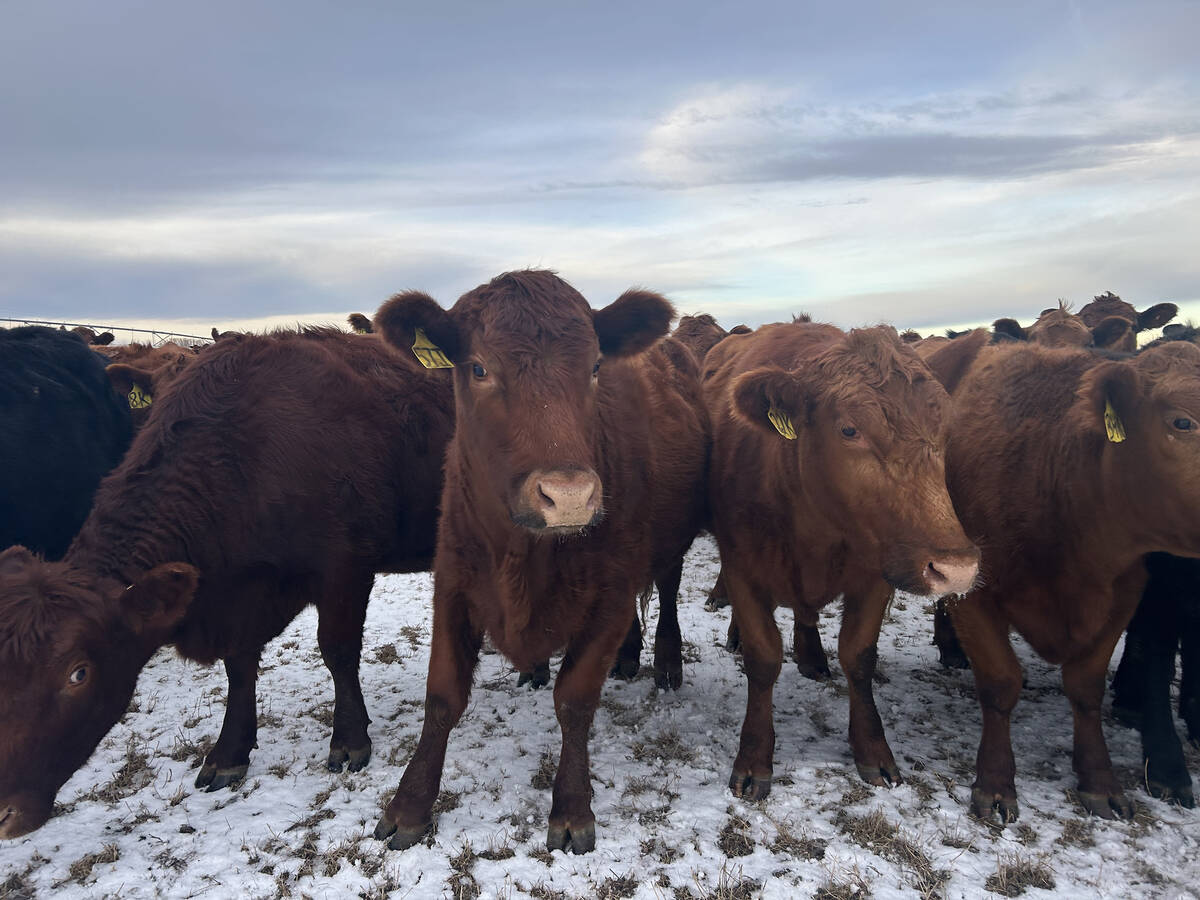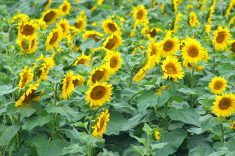It may or may not cure the common cold, but biochemists at the University of California, Riverside say vitamin C might reduce the cost of your seed by making it produce twins or triplets.
Daniel R. Gallie and Zhong Chen found that increasing the level of dehydroascorbate reductase (DHAR), a naturally occurring enzyme that recycles vitamin C in plants and animals, increases the level of the vitamin and results in the production of twin and triplet seedlings in a single seed.
In the lab, the researchers went on to show that injecting plant ovaries with vitamin C was sufficient to produce twins or triplets and that the vitamin causes the zygote, the fertilized egg, to divide into two or even three fertilized egg cells before these cells proceed through subsequent stages of development to produce twins or triplets.
Read Also

Feed Grain Weekly: Prices levelling as demand wanes
Soft demand has feed grain prices levelling off, said Darcy Haley, vice-president of Ag Value Brokers in Lethbridge, Alta.
Although they used tobacco in their research, Gallie predicts vitamin C could generate twins and triplets in other plants as well.
“Because the early stages of embryo development are so conserved among plant species, we expect that vitamin C will have a similar effect in almost any plant,” he said in a U of C release.
"The value of the discovery lies in the potential to produce genetically identical seedlings and increase production of high-value crops," the release said.
However, it did not provide instructions in how to inject vitamin C into the ovaries of high-priced canola seed.














